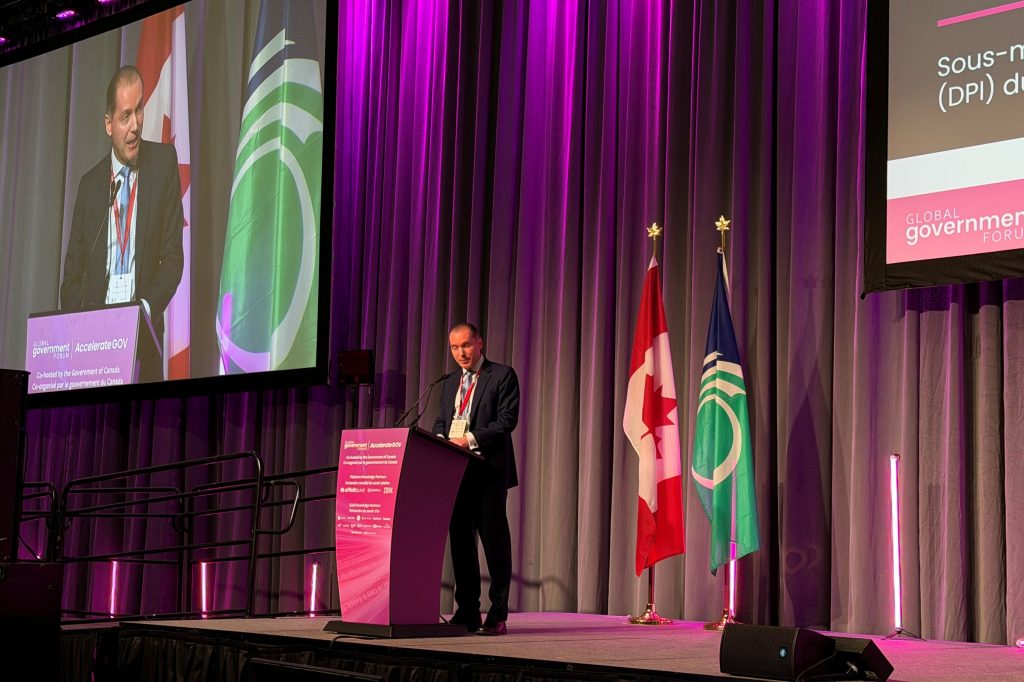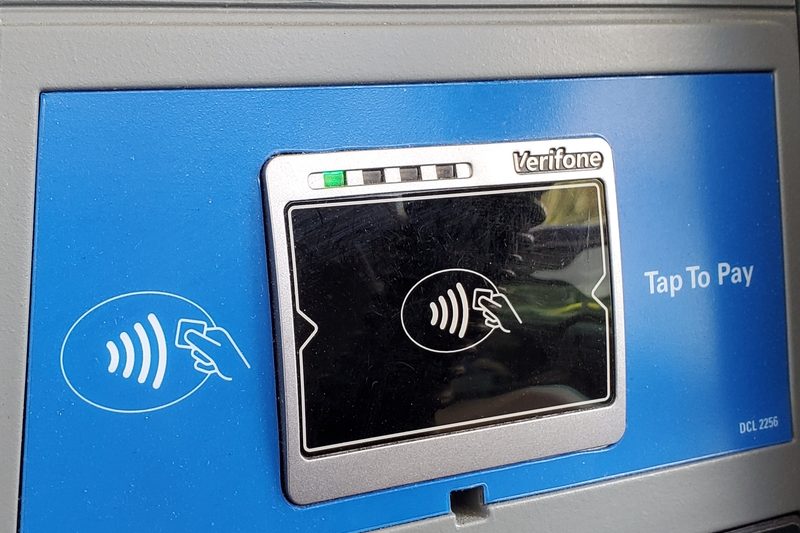As 2025 unfolds, the financial industry finds itself at a critical juncture in the ISO 20022 migration. The shift toward richer, more structured messaging is well underway, but as Market Infrastructures (MIs), financial institutions, and vendors race to align with evolving standards like CBPR+, operational complexity and interoperability risks are mounting.
This
Register for free to keep reading
To continue reading this article and unlock full access to GRIP, register now. You’ll enjoy free access to all content until our subscription service launches in early 2026.
- Unlimited access to industry insights
- Stay on top of key rules and regulatory changes with our Rules Navigator
- Ad-free experience with no distractions
- Regular podcasts from trusted external experts
- Fresh compliance and regulatory content every day

















